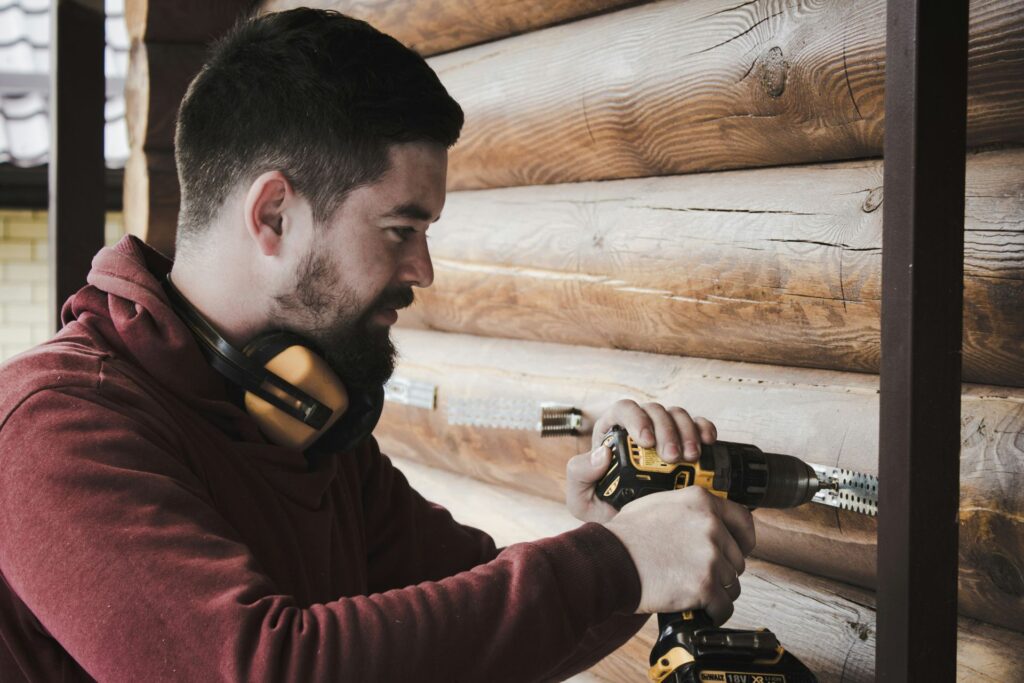
We are reader-supported. When you buy through links on our site, we may earn an affiliate commission.
Any general contractor knows that a solid client-contractor relationship is critical to a successful home construction project. For one thing, it generates greater trust, excellent word of mouth and stellar online reviews, leading to even more projects and a steady income.
Considering its importance, it might be a shock that many contractors haven’t mastered this essential relationship with their clientele.
Here are six ways to build the client-contractor relationship for seamless projects, happier homeowners and a better-finished product.
1. Use a Contract
A comprehensive contract sets the foundation for an excellent client-contractor relationship. All agreements should comprise the following elements:
- Scope of work — timeline, deliverables, tasks and project deadline
- The contractor’s on-site responsibilities — for example, cleaning up and storing tools and equipment at the end of the workday
- Expectations for the client — availability, providing access to the site, moving furniture, etc.
- Compliance requirements
- Final estimated budget for the project and scheduled payments
- Agreed upon communication — frequency and preferred methods
- Details regarding dispute resolution
Whether a project is small or large, contractual agreements ensure all parties are on the same page before beginning the work.
2. Hire Excellent Talent
Assure your clients that their project is in great hands by hiring excellent independent subcontractors to perform specific project requirements, such as plumbing, electrical or roofing.
You’ll want to ensure that the people you hire are reputable with extensive experience, training and the proper licensure. Conduct interviews with subcontracting prospects, detailing a clear picture of what the project requires from them.
Of course, you might already have a pool of excellent subcontractors you prefer working with. In that case, be flexible in fitting into their schedule. You won’t want to compromise excellent work because you failed to provide some wiggle room in your plans.
3. Provide the Details
As a professional contractor, you are responsible for explaining the project in detail to the homeowners. Take time to break everything down from start to finish and provide additional information or explanations if necessary.
It’s best to exhaust every aspect of a project for the homeowner than have to redo part of the job due to misunderstandings.
Be sure to confirm everything in the contract so that each party can refer back to it at a moment’s notice.
A thorough project information session will demonstrate to your clients that you are fully committed to completing the project to their satisfaction.
4. Be Transparent
The construction industry has been battered with setbacks since the start of the coronavirus pandemic. In addition to a 23.5% year-on-year (YoY) increase in construction materials costs from 2021 to 2022, the field has suffered from widespread labor shortages and disruptions in the supply chain.
According to the HBI Construction Labor Market Report June 2022, there are 300,000–400,000 vacant construction positions amid the need for 740,000 skilled workers to meet residential and commercial construction needs annually.
Naturally, residential remodeling and construction projects have been affected. When materials are late and you must move the timeline back further, it’s best if you’re honest with your client. Although they’ll be disappointed, certain things are out of your control. At the end of the day, they’ll appreciate your transparency.
5. Encourage Communication
One of the most effective ways to build the client-contractor relationship is to encourage regular communication. Some clients prefer touching base at the end of each workday, while others want to talk every two or three days, allowing you to conduct your work as you must.
Nevertheless, work out how you plan to communicate with your clients. How often will you speak? What’s their preferred method of communication? Sorting out these details is critical to ensure miscommunications don’t occur throughout the project.
You should be able to reach your client in a pinch in case problems arise. Likewise, your client should feel comfortable knowing you’ll return their messages at your earliest convenience. A willingness to communicate always forges a positive client-contractor relationship.
6. Maintain a Team Attitude
Your client is entrusting you to leverage your expertise for their desired outcome. However, it’s important to remember that every remodel you work on is someone’s home.
Build a strong relationship with your client by maintaining a team attitude and collaborating effectively. Ask them what they’re looking for and understand their most significant concerns — such as delays and going over the budget.
Having these conversations and fleshing out these difficult conversations demonstrates your client can trust you to respect their wishes and expectations. Rather than take on the project alone, make your clients’ involvement clear throughout the process.
Build a Client-Contractor Relationship That Lasts
Contractors should aim to build a client-contractor relationship that lasts beyond the scope of a project. After all, satisfied clients could potentially steer a steady stream of work in your direction for years to come.










